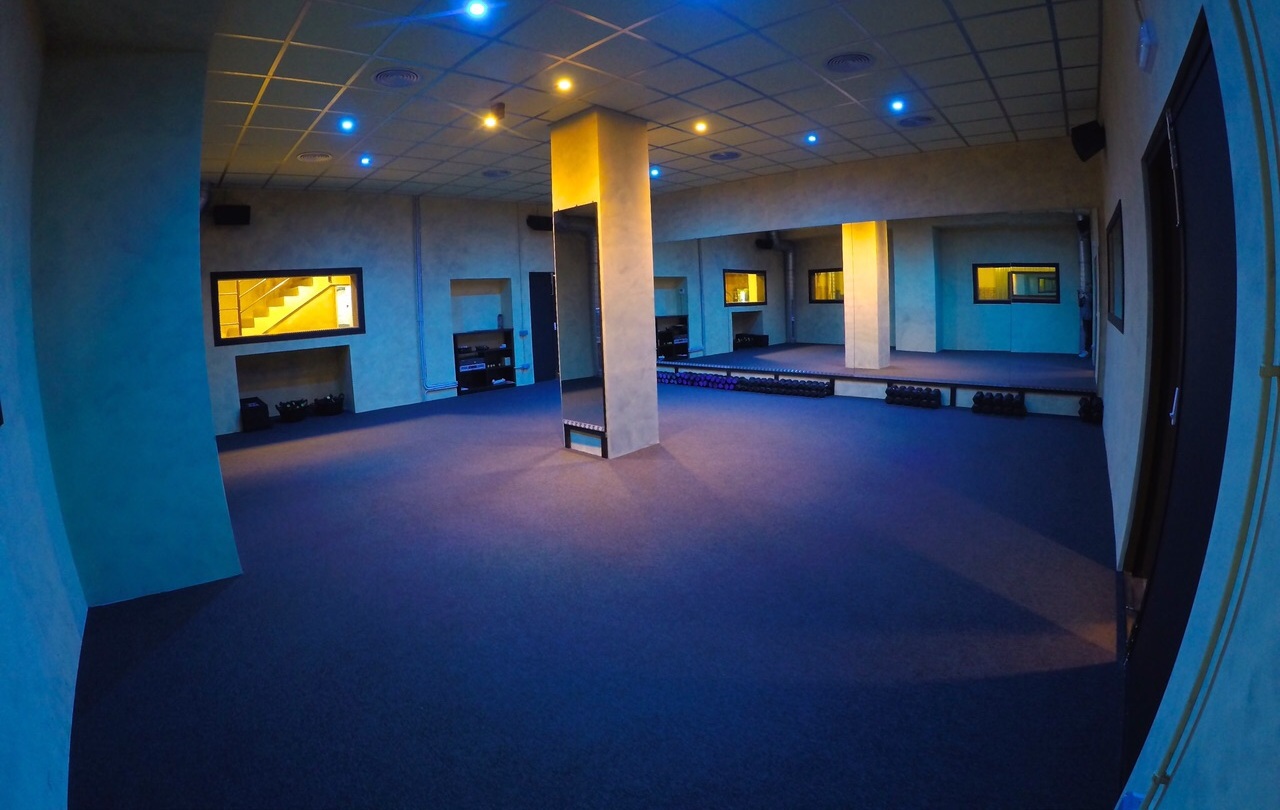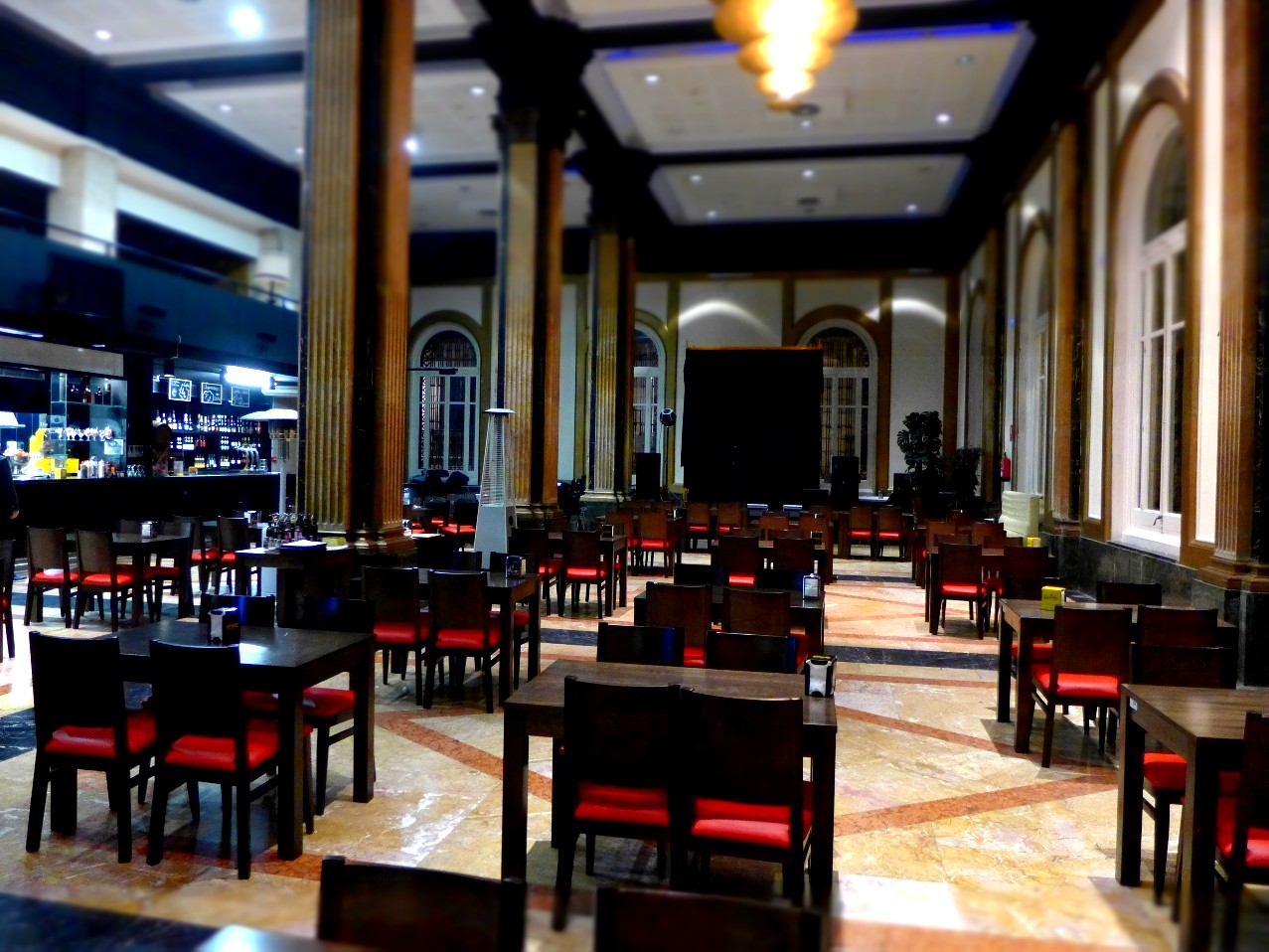Sound Insulation
Sound insulation
Sound insulation refers to the set of materials, techniques and technologies developed to isolate or reduce the noise level in a given space, soundproofing.
Thermoacoustic insulation installation
Isolate supposed to prevent a sound penetrates half or leave it. Therefore, to isolate both absorbent materials are used as insulating materials. By influencing the acoustic wave on a construction element, a portion of the energy is reflected, absorbed and another other is transmitted to the other side. The element isolation provided is the difference between the incident energy and the transmitted energy, that is, equal to the sum of the reflected portion and the absorbed portion. There are several basic factors involved in achieving good sound insulation:
Mass Factor. Acoustic insulation is achieved mainly by the mass of the constructional elements: a larger mass, opposes greater resistance to shock and the sound wave is increased attenuation. For this reason, we should not talk about specific acoustic insulation, since they are not normal materials as with thermal insulation.
Multilayer Factor. When construction elements is constituted by several layers, a suitable arrangement of them can improve the sound insulation to levels higher than the sum of the individual insulation of each layer could reach. Each element or layer has a resonance frequency that depends on the material that composes it and on its thickness. If the sound (or noise) that reaches the element has that frequency will produce resonance and vibrating element will produce sound that will add to the broadcast. Therefore, if two layers of the same material and different thicknesses are arranged and which therefore have different resonance frequency, the frequency excess miss the first layer, will be absorbed by the second.
Dissipation factor. Also improved if isolation is provided between the two layers an absorbent material. These materials are usually of low density (30 kg / m3 – 70 kg / m3) and large amount of pores and are typically placed in that it also usually also good thermal insulation. Thus, an absorbent material placed in the closed space between two parallel walls which improves insulation such partitions would provide alone. A good example of absorbent material is rockwool, currently the most used in this type of construction.
Sound reflection can also be mitigated by placing a layer of absorbent material in the walls of the building elements, although these techniques belong more properly to the field of acoustics.
In dBplus provide effective measures to ensure acoustically comfortable environments by obtaining good levels of soundproofing and noise control and vibration, essential for the proper development of any activity within an enclosure solutions factors.
Also available to offer the knowledge and skills necessary to define precisely the set of constructive solutions aimed at obtaining a correct attenuation of noise and vibration transmission between different areas techniques, and reduce below the permissible maximum, sound immission levels in the compound under study.

 Español
Español  Català
Català  English
English 

